Leather Couch Care Guide
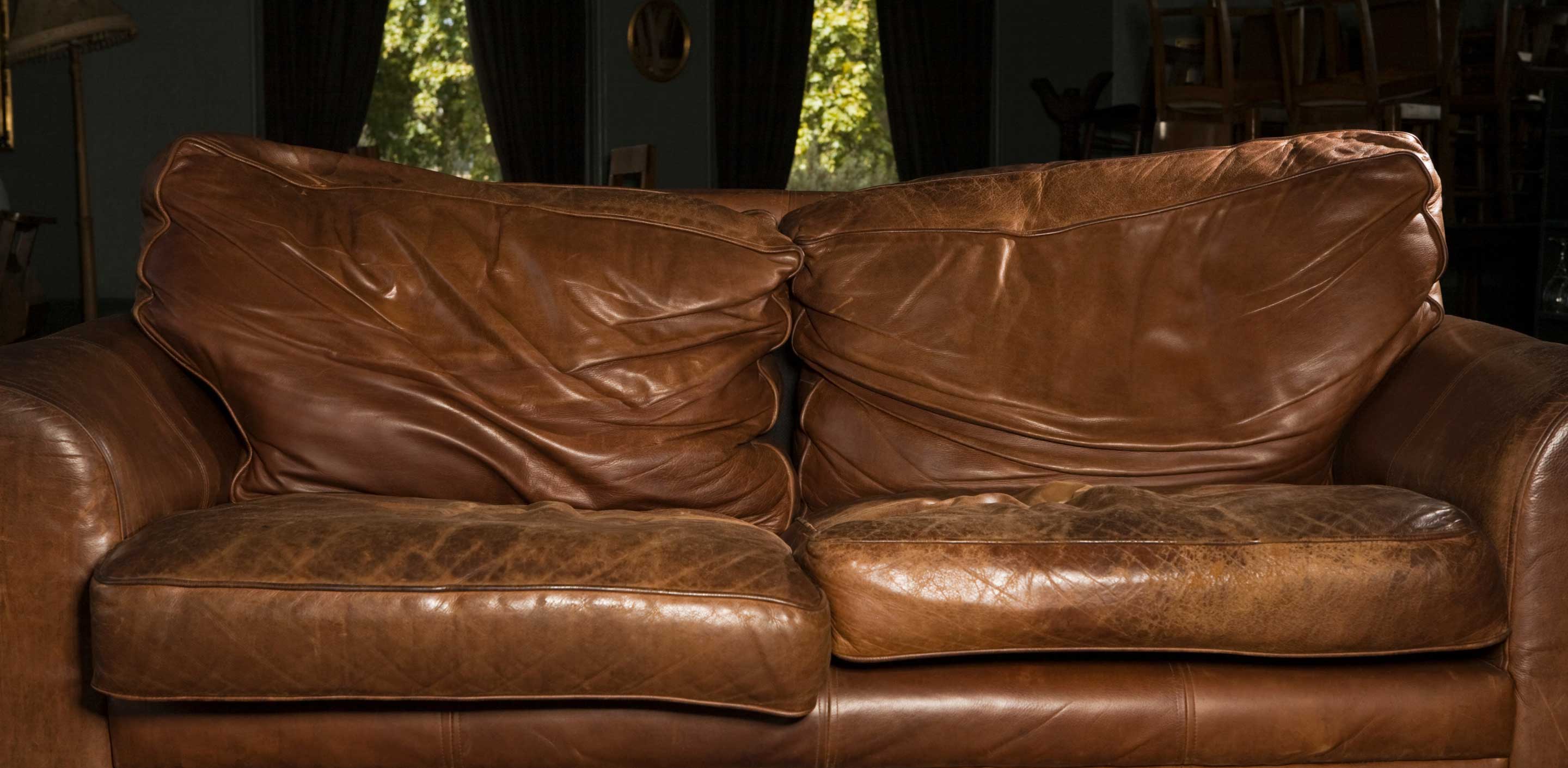
Among the most durable and low-maintenance surfaces for furnishings, leather is one of the most popular choices. If you follow the proper steps, you can maintain leather couches, sofas, chairs, and ottomans. You first need to understand the type of leather you have, since different types require different cleaning steps and products. You can keep your leather upholstery looking great by identifying, cleaning, and maintaining it.
If it's a particularly old couch and you are not sure of its leather type, see the label that came with the item. This will help you to find out its type and the ways to care for it. Another way is to visit the retailer's or manufacturer's website for specific information.
Types Of Leather Furniture
The soft, luxurious feel of aniline leather can be found in its natural state or in unfinished leather. Aniline dye is used throughout the leather, but no pigment color is added to the surface. Besides perhaps a dirt-resistant treatment, there is little to no protective coating. The leather may develop a patina as a result of natural surface grains and markings. As well as being more susceptible to staining, aniline leather is typically more expensive.
On the other hand, In semi-aniline leather, aniline dye is combined with pigment dye to create a colorful finish. The protective pigment coating gives it a little more durability than pure aniline leather, but it still feels soft. A thicker layer of pigment and polymer is applied to other protected leathers. A stiffer feel and increased durability are its advantages. Most leather furniture is made with this leather.
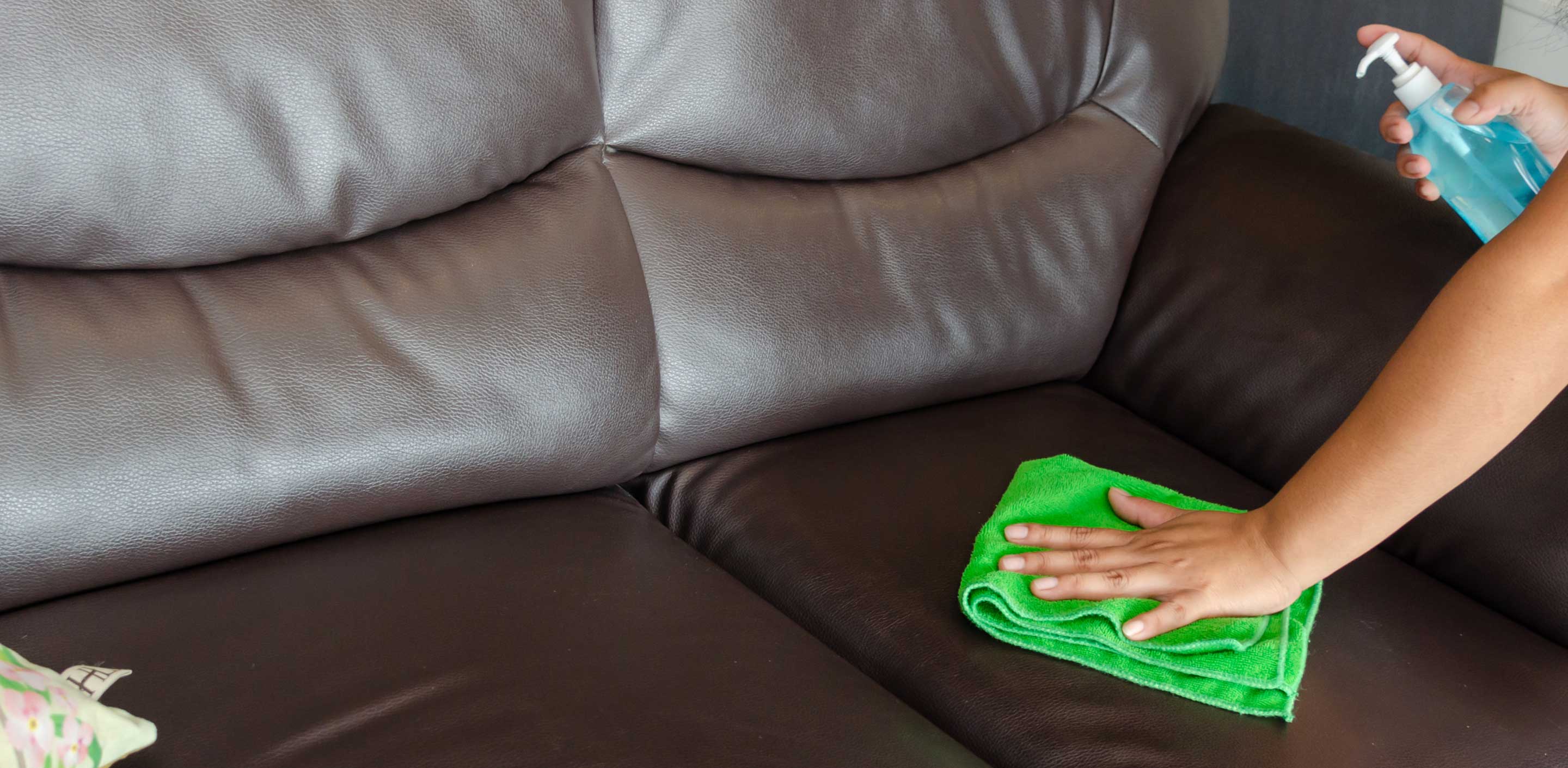
How To Clean Leather Couch?
Unprotected aniline there should be dusted with a clean, dry cloth regularly and vacuumed with a soft brush attachment as recommended by some furniture manufacturers. The surface can also be cleaned with an approved leather cleaner or gently wiped with a distilled water-dampened cloth. You should take care when cleaning the natural leather because it is sensitive to scratches and stains. Before using any products, check the manufacturer's instructions or consult a leather cleaning professional.
For semi-aniline or pigmented leather, you don't need to be extra cautious. It can stand up to heavier use and cleaning than aniline leather. Keep ammonia and alkalies away from leather, as they can damage it beyond repair. Abrasive cleaning materials, saddle soap, alcohol detergents, oil, furniture polish, and caustic cleaners should be avoided.
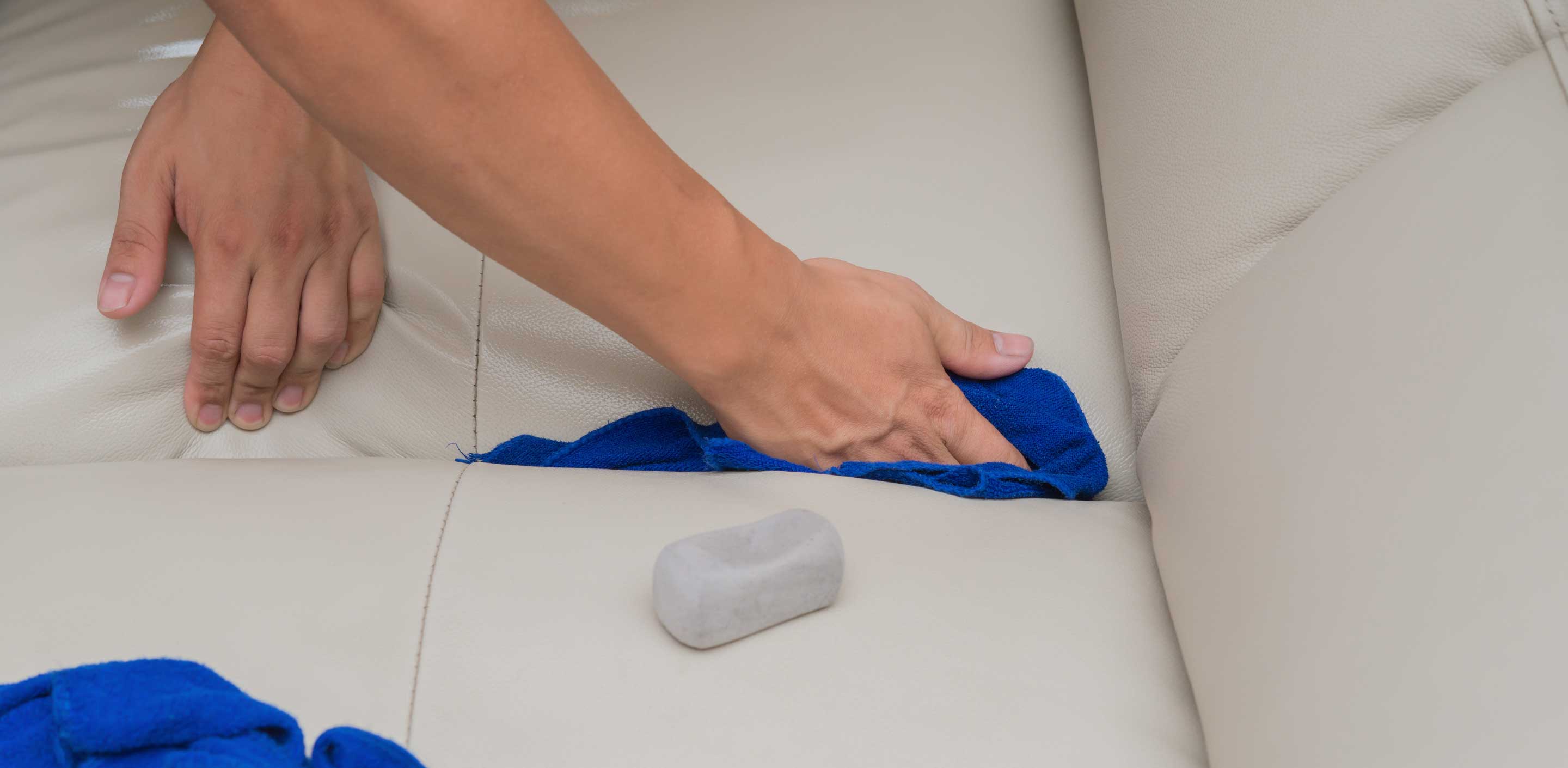
How To Clean White Leather Couch?
If you are a bit of a leather expert, the process of making your own leather soap or cleaner is much easier than purchasing a commercial product. Make sure you label your spray bottle clearly after mixing your cleaning solution. The following formulas have been used in the past and proven effective:
- Eight parts lukewarm water and one part Castile soap.
- Linseed or olive oil plus two parts of distilled white vinegar.
Cleaning process
- The white leather should be wiped down with a damp microfiber cloth dampened with clean tap water. This will remove dust and soil from the leather surface.
- The cleaning solution should be sprayed on a microfiber cloth instead of directly onto the leather. The purpose of this is to prevent the fabric from overwetting and leaving watermarks.
- Wipe the leather down with the cloth sprayed with the cleaning solution, starting at the top and working your way down. Avoid scrubbing, and instead use gentle, circular motions. You can repeat the process if there is still some soil or stain on the leather surface.
- A dry microfiber cloth should be used to buff the white leather once it has been cleaned. Rinsing off the organic, homemade cleaning solution is not necessary.
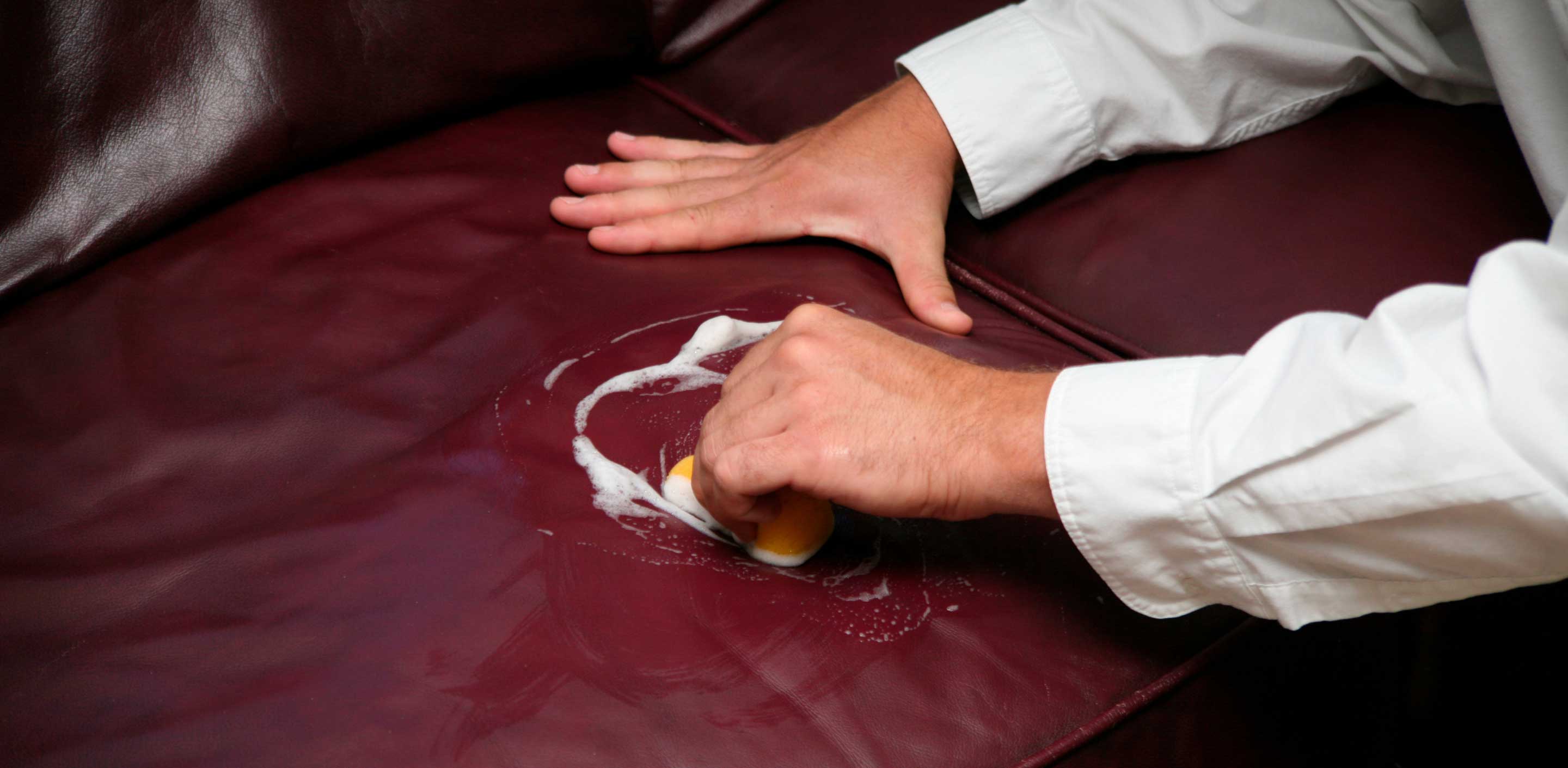
How To Remove Pen Marks From Leather Couch?
Using isopropyl alcohol (also known as rubbing alcohol) can be more effective if blotting with a soapy rag does not yield results. Apply the isopropyl alcohol to a white soft cloth and gently dab the stain. It is important to use isopropyl alcohol with caution since it is a powerful cleaning agent. In order to restore moisture to the affected area, apply a leather conditioner.
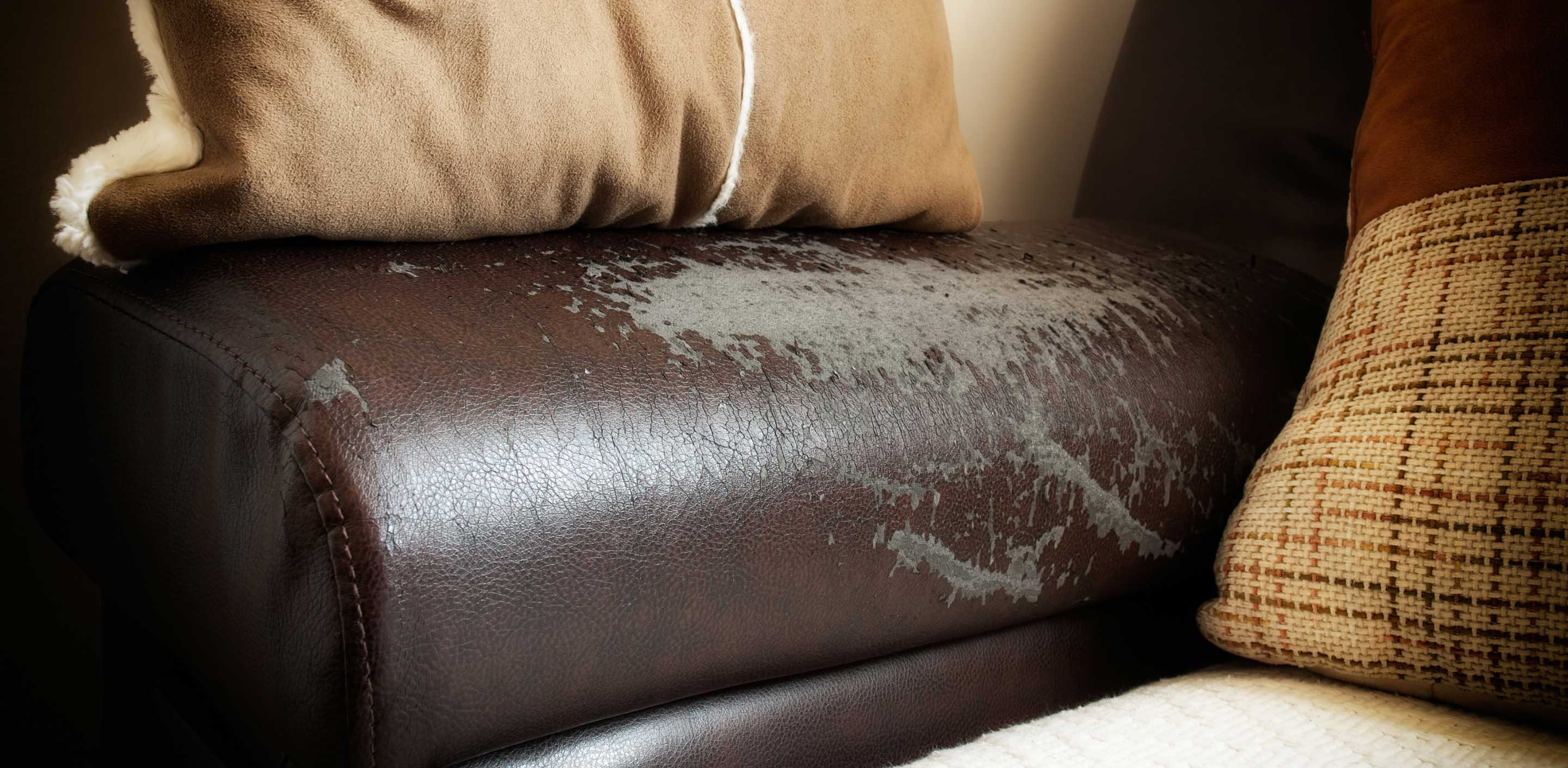
How To Fix Leather Couch Is Peeling?
Furthermore, especially couches are the most frequently used items at home. Sometimes, it can start to pee off due to constant heat or liquid exposure. You can fix this issue using multiple methods. Pick a method based on your leather type.
If your leather couch is peeling, here are two techniques to repair it:
Method 1. Use Leather Paint
First of all, clean your leather surface and make sure that there are no loose pieces of peeled leather remaining on the surface. Apply the leather paint using a soft brush. Make sure to be careful and avoid over-application of the paint.
Let the paint dry completely and apply a leather finish solution. Let it dry and repeat the process if another coat is required. This will cover up your peeled area.
Method 2. Use Leather Filler
Another effective method of fixing your peeling leather is to use a filler. You can grab it from any supermarket or leather accessories shop. Remove by peeling leather from your couch to smooth the surface. Apply a leather filler. Give it some time to settle down. You can apply additional coats if you feel the need.
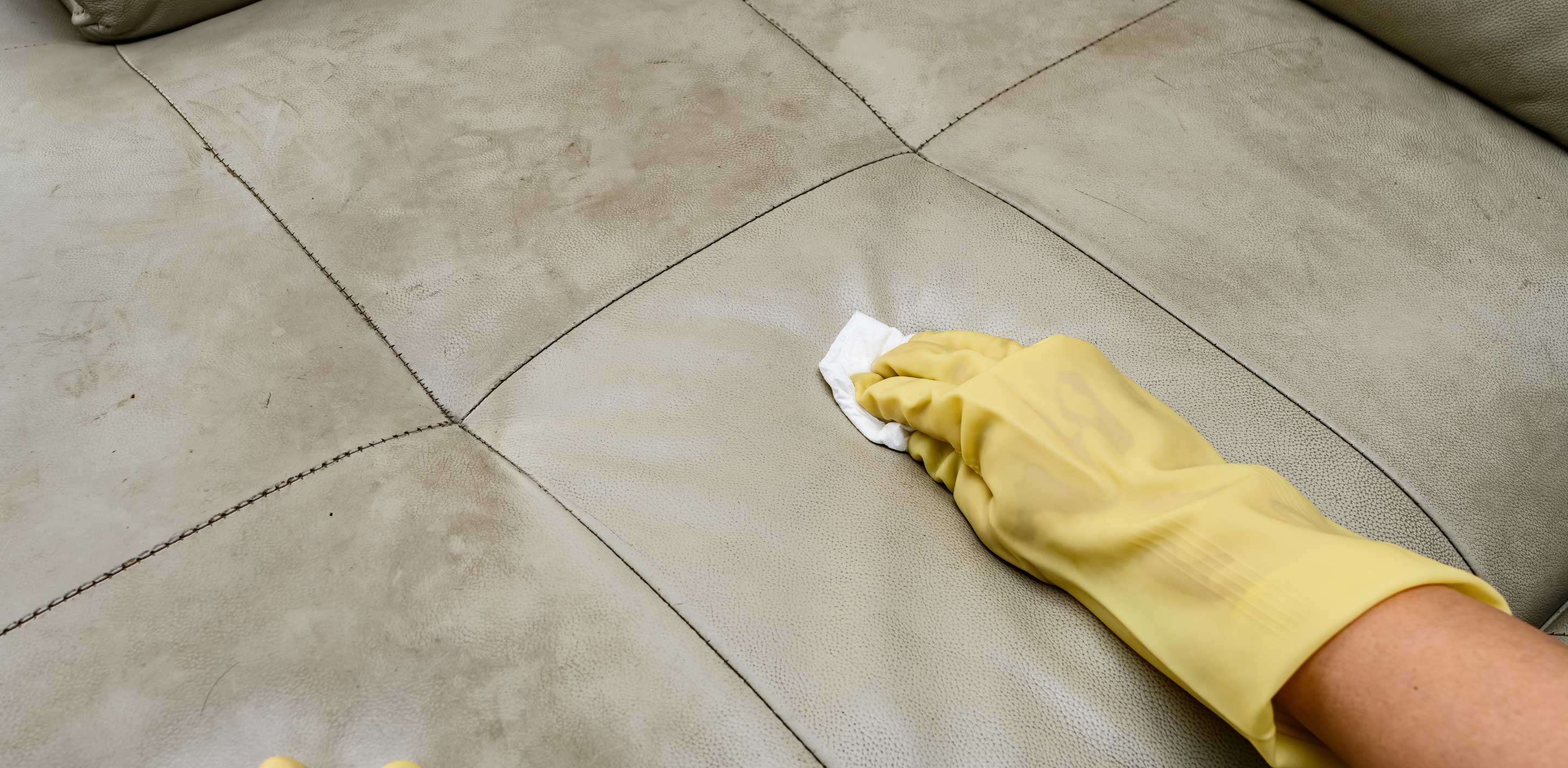
How To Protect Leather Couch?
Taking care of leather will ensure that it keeps getting better over time. Your sofa can quickly become worn out if you do not maintain a regular cleaning routine. Your leather furniture should be cleaned once a week at the very least, though if your sofa is used very frequently, you may have to do this twice a week. The color of your leather sofa or chair will most likely change after it has been treated, so make sure to clean every part of it. To make sure that your leather couch lives for a long time and looks as good as new, follow these instructions:
Clean It Frequently
Using a clean cotton cloth or a microfiber cloth, go over your couch to brush off any dirt or dust. You can also use a vacuum equipped with a soft brush for deep cleaning. At least once every two to four weeks, you should use special cleaning products to treat and cleanse your leather couch. Steer clear of using generic products from the supermarket, as they can contain chemicals that can damage your furniture. Instead, use a soft cleaner that has been proven effective in the past. Avoid using a hair dryer and let your couch dry naturally.
Regularly Condition Your Couch
It is necessary to replenish leather's oils on a regular basis by restoring its natural moisture. Using a leather couch regularly can diminish its natural properties. It is therefore essential to use a specialized sofa conditioner to prolong its lifespan and prevent it from drying out and cracking.
Avoid Direct Sun Exposure
Many people are unaware that prolonged exposure to sunlight and other heat sources causes your sofa to dry out and crack. You can maintain the softness and suppleness of your sofa by conditioning it regularly. Your new couch can look better and last longer if it is positioned away from windows, fireplaces, air conditioning units, or radiators. Even though sunlight and heat can't be completely avoided, minimizing contact with them can prolong their life.


